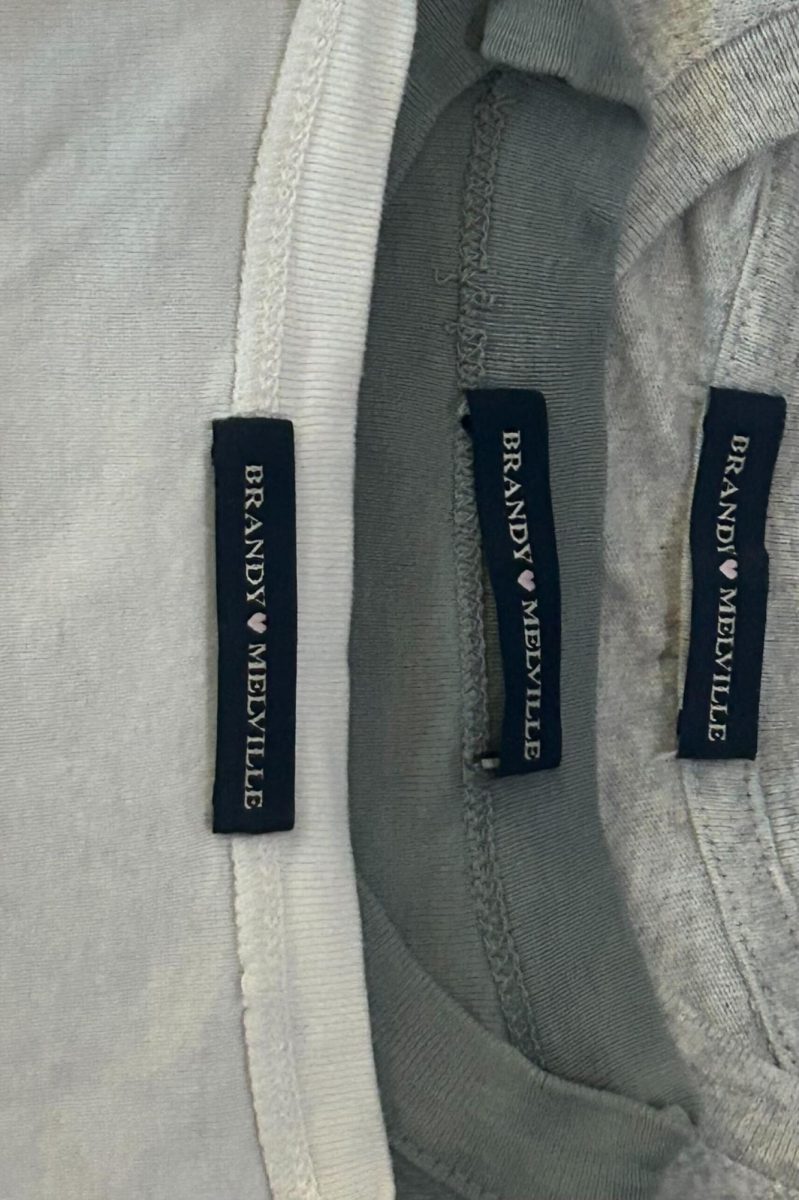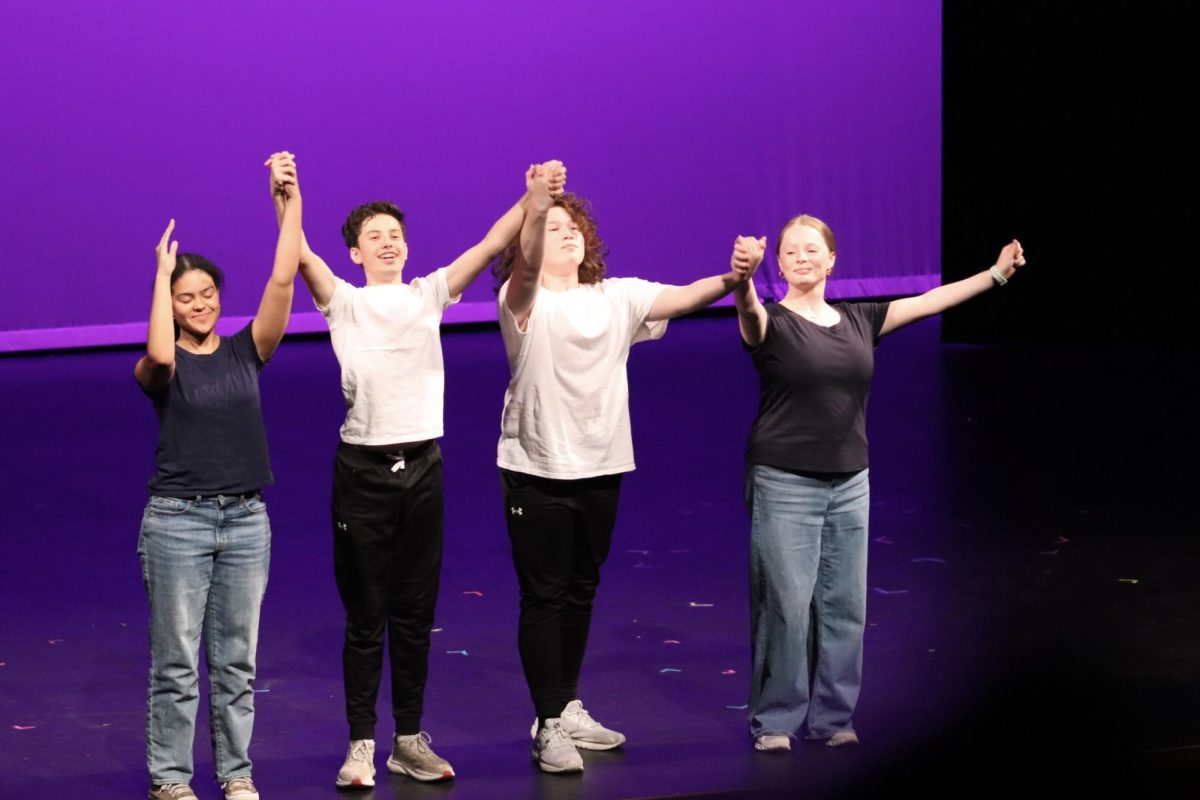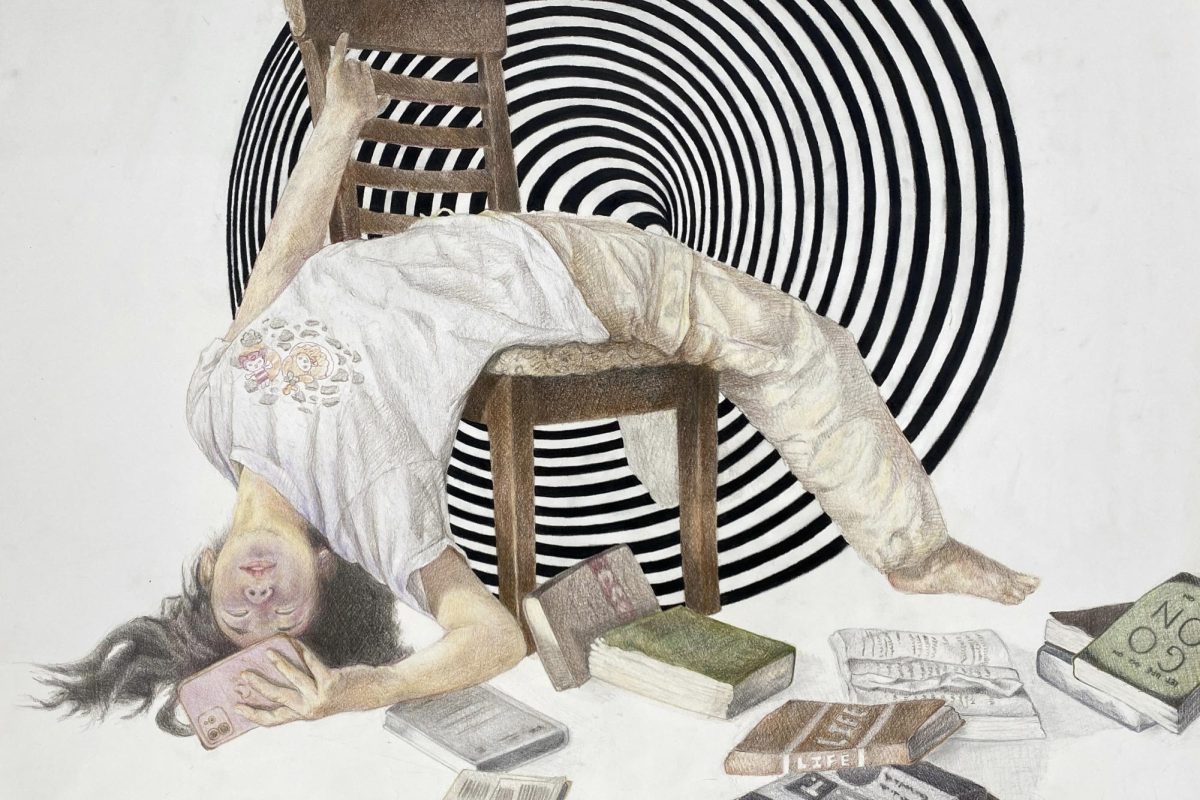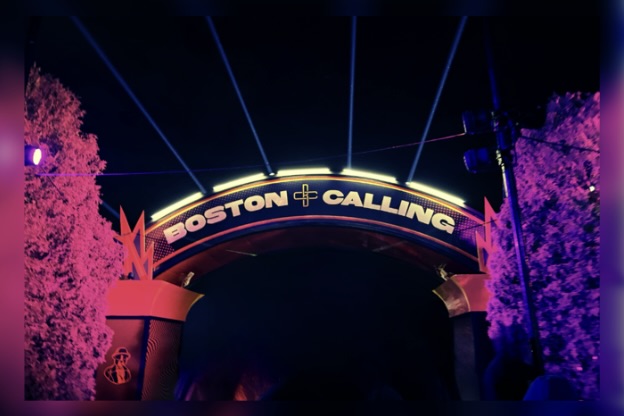Defrauding or Discriminating: The Constitutionality of Voter ID Laws in the 21st Century
January 1, 2018
“Unless the right to vote be secure and undenied, all other rights are insecure and subject to denial for all our citizens. The challenge to this right is a challenge to America itself.”
– President Lyndon B. Johnson
11% of US citizens, or more than 21 million Americans, do not have government-issued photo identification that is required for voting in some states. These states require registered voters to show a specified form of identification, sometimes photo identification, in order to exercise their constitutional right to vote. The fourteenth amendment states, “No state shall make or enforce any law which shall abridge the privileges or immunities of citizens of the United States.” The constitution also defines voting as such a right of US citizens. Moreover, the Voting Rights Act of 1965, a landmark piece of federal legislation, states that “No voting qualification or prerequisite to voting, or standard, practice, or procedure shall be imposed or applied by any State or political subdivision to deny or abridge the right of any citizen of the United States to vote on account of race or color.” Although the Supreme Court has upheld photo voter ID laws in the past, these voting laws are unconstitutional under the fourteenth amendment and the Voting Rights Act of 1965.
Prerequisites to vote at the polls have a history in America and are rooted in discriminatory practices. After black males became enfranchised through the fifteenth amendment’s ratification in 1870, former Confederate states, almost all Democrat, needed to ensure their control of state government. As African-Americans overwhelmingly supported the Republican party at the time, Democrats needed to institute permanent barriers to the African-American vote. Thus, Democrats in Southern states created the first of suffrage qualifications, “such as literacy, residence, and the payment of taxes.” Known collectively as “Jim Crow” voting laws, the law regarding a literary test, residence _____, and poll tax were designed systematically to make it very difficult for African-Americans to vote. A high percentage of African-Americans were illiterate, lacked an “approved” residence, or did not have the financial means to pay the “poll tax.” Poor whites were allowed to pass by these rules under “grandfather” or “understanding” clauses, exceptions not extended to African-Americans. The practice of presenting some sort of an ID at polls began in South Carolina in the 1950s. These were also racially charged, as it was much more difficult for African-Americans to obtain such an ID than for whites due to discrimination in state workers providing IDs. In combination, these laws proved effective; Democrats ruled the South in a one-party system for a decade up until the Civil Rights Movement.
However, as early as the 1940s, fundamental reform was occurring in the national Democratic party. Liberal “New Deal” Democrats and President Roosevelt now controlled its platform and direction. After the Great Depression and World War II, Roosevelt implemented a plethora of social welfare programs aimed to help the poorest Americans. As these programs benefited many African-Americans, who were poorer than whites, Southern blacks began to vote Democrat.
During Truman’s presidency, the poll tax was repealed. It was a major political blow to the conservative, discriminatory voting policies in the South, when President Lyndon B. Johnson signed the 1965 Voting Rights Act. Thus, Southern conservatives fled the Democratic Party for the Republican Party. Meanwhile, white liberals were drawn to the Democratic party under Johnson.
Between 1970 and 2000, attention to voter suppression laws diminished. While several states passed some ID laws, all still allowed voters to cast a ballot even if they did not have the requested ID. By 2000, fourteen states (some Republican, others Democrat) had some sort of an ID law. The super-close Bush/Gore election led to increased attention to voter ID laws.
After this election, voter ID laws became a partisan issue. Conservative Republicans wanted these laws to stop those unable to obtain ID (mostly Democrats) from voting. Thus, many states with Republican legislatures passed voter ID laws; proponents of these laws claimed they were instituted to stop voter fraud and voter impersonation. The Heritage Foundation, a conservative think-tank, said that the primary purpose of voter ID laws is to prevent in-person voter fraud. This is the main argument of the republican party in favor of voter ID laws. A 2002 federal law adopted by the Republican-majority Congress outlined certain federal election minimal requirements, including ID for all new voter registrations, but also left room for states to implement stricter ID laws. This, along with the 2005 Commission on Federal Election Reform’s bipartisan recommendation for voter identification at the polls, stirred more states, mostly GOP-leaning, to adopt voter ID laws at an ever-increasing pace.
Voter ID laws have been repeatedly challenged in both national and state courts. Soon after the Commission’s 2005 recommendation, Georgia and Indiana pioneered a new, “strict” form of voter ID. Instead of requesting an ID, these states required a photo ID presented on election day to vote. First implemented in 2008, Indiana’s photo ID law was upheld by the U.S. Supreme Court in Crawford v. Marion County, in April of the same year on a 6-3 decision. This paved the way for the acceleration of adoption of photo ID laws by state legislatures, and from 2011 to 2013, adoption pace increased.
In Shelby County v. Holder (2013), the Supreme Court found (5-4) that section 4b of the Voting Rights Act of 1965 was unconstitutional. This section contained a “preclearance” requirement that required certain states and local governments (as determined by a formula) to obtain a determination by the United States Attorney General as to whether their law was discriminatory against the fifteenth amendment. As the state and local governments who fell under the formula’s region were freed from the pre-clearance mandate, Republican legislatures in 17 states adopted new laws, and courts allowed these to stay in place for the 2014 midyear elections.
However, in July of 2016, the 5th US Circuit Court of Appeals, which is generally regarded as Conservative, struck down Texas’ voter ID law in a 9-6 vote, saying it violated the Voting Rights Act. The law said that one out of seven forms of photo ID was required and allowed handgun licenses, but not college student IDs. Evidence showed that Hispanics were two times and blacks three times as likely to lack an acceptable ID under the law. In January of 2017, the Supreme Court rejected an appeal from Texas on the grounds that it was still being decided by a lower state court. However, the case is still likely to be heard by the Supreme Court in the future.
In North Carolina on July 29, 2016, a 3-judge panel of the 4th US Circuit Court of Appeals unanimously threw out not only the state’s voter ID requirements, but also numerous other provisions that the court said were enacted with the intent of making it harder for minorities to vote. The court wrote that these changes to the voting process “target[ed] African Americans with almost surgical precision.”
In August of 2016, a US District Court struck down several parts of Wisconsin’s strict voter ID law passed by the state’s Republican-controlled legislature, ruling that it was discriminatory. However, this ruling was overturned by the 7th Circuit Court of Appeals, and voters were required to present photo ID in the 2016 election.
When first proposed, many thought voter ID laws sounded reasonable, the Supreme Court included. But now, even judges who upheld the law then have since expressed concerns about such laws in practice. Judges John Paul Stevens and Richard Posner have noted evidence that shows such laws are aimed at suppressing the minority vote.
The consequences of such ID laws have been drastic in elections. First, voter ID laws have resulted in voter suppression and lower turnouts. A 2014 US Government Accountability Office study analyzed the 2012 presidential election in Kansas and Tennessee. It found that ID laws reduced voter turnout by 1.9 percentage points in Kansas and 2.2 percentage points in Tennessee, translating into a total of 122,000 votes lost in between the two states. More importantly, the study found that voter turnout in two groups, African Americans and voters under 18, dropped disproportionately in 2012. Since these two groups largely vote Democrat, the Republican party unfairly benefited. Although this lack of turnout did not change the course of the election on its own (as Romney won Kansas and Tennessee by 500,000 and 200,000 votes respectively), it, combined with other factors, such as voter intimidation, strategic polling place hours, and complete closing of polling places could have shifted the tide of the election.
Second, voter ID laws significantly impacted the 2016 presidential election. This election was the first in 50 years without the full protection of the 1965 Voting Rights Act, due to strict voter ID laws. The effects were seen in Wisconsin, where Trump won the state for the Republican party for the first time since 1988. Turnout plummeted to the lowest point in 20 years. Trump won the state by just over 27,000 votes, and according to the state’s own records, as many as 300,000 people may have been disenfranchised due to lacking a proper photo ID. Neil Albrecht, the executive director of Wisconsin’s Election Commission, claims that declines in voting were greatest in high poverty and traditionally “blue” regions, where lack of IDs was most common and that Clinton desperately needed to win. Albrecht said that he believed that a lack of IDs is what caused this decline in voting in the “blue” counties that Clinton desperately needed to secure to win the state.
Albrecht said his office received a flood of calls from voters in the county’s poorest districts who said they were unable to cast a ballot because they lacked the proper identification. Although only 600 ballots will be thrown away because voters did not have the right ID, Albrecht said he worries many more did not even attempt to vote because of the photo ID law.
In many states, including Texas, North Carolina, Indiana, North Dakota, and Arkansas, stringent photo ID laws were all ruled unconstitutional by either a state court or a US District Court of Appeals before the November election. However, not all voters got this message, and more importantly, not all local election officials got it either. In conservative states, it is believed that some voting officials told voters that they needed ID due to the unclear status of the state’s voter ID law. Nicole Austin-Hillery, director of the Washington, D.C. office of the Brennan Center for Justice, said she was concerned that voter ID rules may have had a “chilling effect” on voters showing up at the polls. That is, some voters had the false impression that voter ID laws were in place, and, lacking proper ID, they did not attempt to vote. Sherrilyn Ifill, president of the NAACP Legal Defense and Educational Fund, Inc., said that, “Voters were confused because of changes to their polling places and a lack of accurate information provided to them by their state officials.” This not only discouraged voters, but also resulted in unlawful enforcement of ID laws. In Michigan, Electionland received multiple reports of poll workers wrongly telling voters they needed an ID to vote, even though the state did not have a voter ID law. Although it is not clear how many voters this false information affected, it is clear that in Michigan and elsewhere it impacted voter turnout.
Photo ID laws are unconstitutional because they violate both the fourteenth amendment and the 1965 Voting Rights Act. The fourteenth amendment states, “No state shall make or enforce any law which shall abridge the privileges or immunities of citizens of the United States.” The right to vote is a right of citizens of the United States, and voter ID laws either discourage or disallow completely for people who cannot afford or obtain these IDs to vote. In reality, 11% of US citizens, or more than 21 million Americans, do not have government-issued photo ID. Obtaining an ID costs money; even if the ID itself is offered for free, voters are responsible for numerous costs to apply for a government-issued ID. In reality, the combined cost for document fees, travel expenses, and waiting time are estimated to range from $75 to $175, depending on the state. This is unfair to impoverished or low-income Americans. Moreover, the travel or time required to acquire such an ID is often a major burden on people with disabilities, the elderly, or those in rural areas without access to a car or public transportation. In Texas, where the law was “weakened” but not removed, some people in rural areas had to travel 170 miles to reach the nearest ID office. The significant costs associated with obtaining an ID are unconstitutional as they abridge the privilege to vote for low-income citizens who cannot afford expensive means to obtain an ID.
Photo ID laws also violate the 1965 Voting Rights Act. Although sections 4b and 5 were effectively removed from the act in Shelby v. Holder (June of 2013), the main clause in section 2 is still in effect: “No voting qualification or prerequisite to voting, or standard, practice, or procedure shall be imposed or applied by any State or political subdivision to deny or abridge the right of any citizen of the United States to vote on account of race or color.” However, the laws unfairly target minorities. Nationally, up to 25% of African-American citizens of voting age lack government-issued photo ID, compared to only 8% of whites. North Carolina rejected public assistance and state employee photo IDs as valid for voting. These are disproportionately held by African-Americans. In Texas, concealed weapons permits but not student ID cards are acceptable. Even though both IDs are authentic and legitimate, merely 15% of concealed weapons permits are held by minorities; however, 55% of students at University of Texas at Austin, a major university in the state, are minority students. All in all, a state court found that about 608,000 registered voters in Texas lacked an acceptable ID and that a disproportionate number of these voters were black or Hispanic. Furthermore, the enforcement of voter ID laws is often done in a discriminatory manner. A 2016 Caltech/MIT study found that minority voters are more frequently questioned about ID than are white voters. This means that some whites who do not have ID may still vote due to racial discrimination at polling places. It is evident that voter ID laws unfairly target these minorities and thus violate the 1965 Voting Rights Act by denying or abridging their vote based on race.
The first impact is reduced turnout for minority voters. Several studies have found that photo ID laws have a particularly depressive effect on turnout among racial minorities and other vulnerable groups, worsening the participation gap between voters of color and whites. This is supported by the results of the 2016 election, where turnout for minority voting groups in states like Wisconsin decreased drastically as a result of the implementation of its photo ID law. Furthermore, a recent comprehensive voter ID study conducted by political scientists at the University of California San Diego analyzed turnout in elections between 2008 and 2012. It found “substantial drops in turnout for minorities under strict voter ID laws.”
Voter ID laws are a political ploy by Republicans. The laws do not accomplish their stated purpose of fixing “voter fraud”; in fact, in-person fraud is rare. A recent study found that over one billion ballots have been cast since 2000, and of those, there were only 28 credible allegations of voter impersonation, the only type of fraud that photo IDs could prevent. Furthermore, election experts say that even when voter fraud happens, it happens more often through mail-in, absentee ballots than people impersonating eligible voters at the polls. Only 6 out of 31 states require photo ID for absentee voters, who are generally older whites. Of those 28 cases of voter fraud, 14 percent involved absentee ballots, and only 3.6 percent involved voter impersonation. This shows that even voter ID laws cannot stop Republican claims of voter fraud.
Thomas Jefferson wrote in the Declaration of Independence that “all men are created equal.” However, the reality is quite different. Mechanisms like voter ID laws discriminate against minorities, denying them the basic right to vote. The effects of this discrimination were seen in the 2016 presidential election, when turnout significantly decreased in states with photo ID laws.
Although the 2016 election season will fade further into history as time passes, state voter ID laws and the constant challenge to such litigation will not. The mid-year elections in 2018 and the presidential election in 2020 will again test the legal strength of the laws in court. The Supreme Court is slated in 2018 to hear their first voter ID law case in five years, possibly resulting in a landmark decision that will impact the status of photo ID laws for years. Neil Gorsuch, the Trump-nominated newest justice of the Supreme Court, although he has not heard a voter ID law case in the past, is strongly conservative and will most likely vote in favor of the laws much like his conservative-leaning colleagues on the court. Gorsuch’s recent confirmation will likely be a barrier for voting rights groups as they try to win a future supreme court case on the issue.
As time goes on and these laws become engrained in society and culture, the perception of what a vote is will change. Laws like these are not only indisputably unconstitutional, but they will also enable broader, larger societal change for the worse. A whole segment of the population will be disengaged from the political system and voiceless.
In America, a vote is not simply a ballot for a preferred candidate. Rather, it is a symbol of our ideals as a nation and the distinct power of the people to elect their representatives in government. By taking away the vote of minorities, America discards not only their voice in government, but also its promises to these Americans of life, liberty, and the pursuit of happiness.





![Last Wednesday, the Wayland School Committee gathered to discuss a number of topics regarding the health curriculum and Innovation Career Pathway course. Another large topic of conversation was the ways to potentially mitigate distracting cell phone usage. "These [phones] are going to distract your learning and social relationships," Superintendent David Fleishman said. "That's concrete right there."](https://waylandstudentpress.com/wp-content/uploads/2025/06/Screenshot-2025-06-04-at-9.49.31 PM-1200x886.png)
























